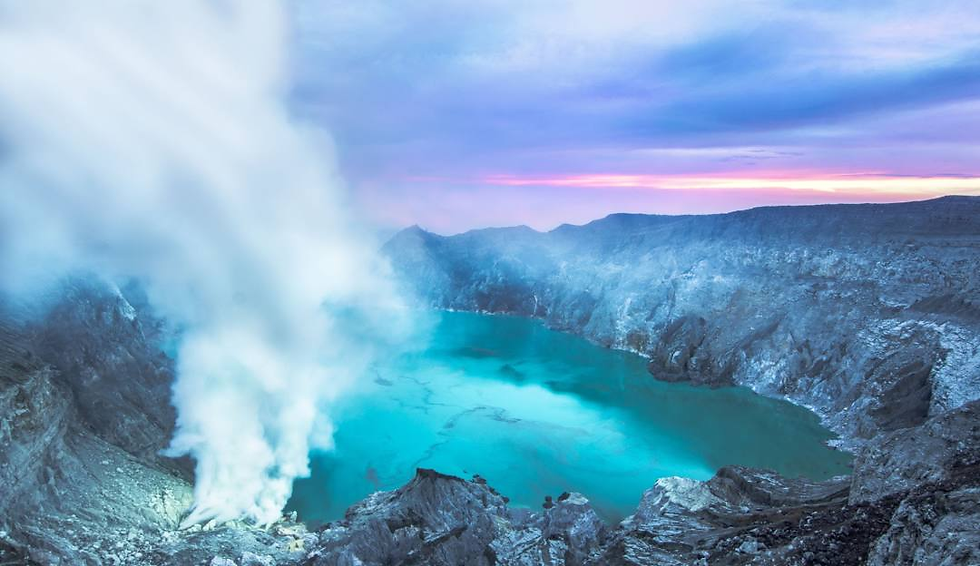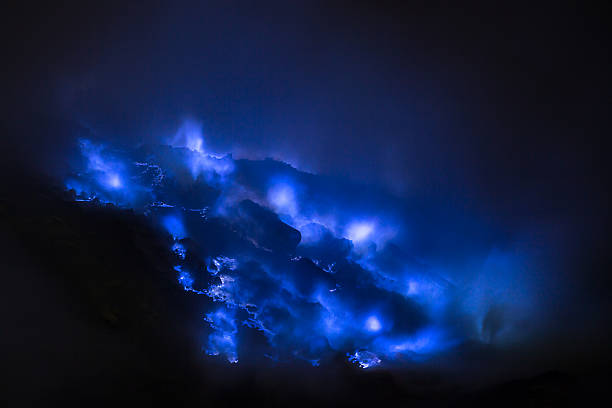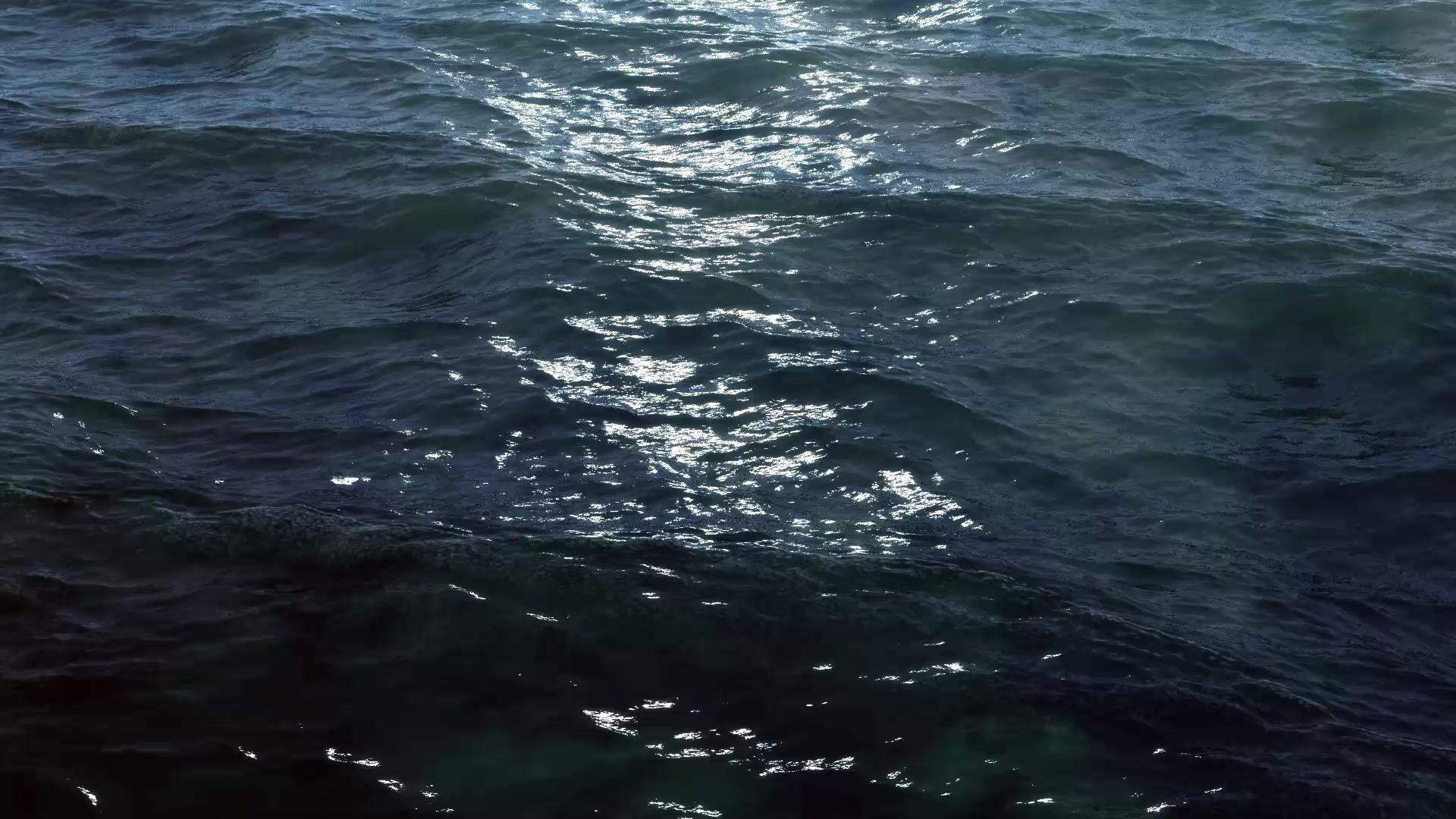Discovering the Magic of Blue Lava: Nature’s Fiery Wonder
- Elysian Science Editor

- Jun 27
- 3 min read
We were researching some interesting topics for the creation of our July magazine and came across this wonder that burns a bit differently than the rest. Blue Lava is a rare yet mesmerizing natural phenomenon that defies the conventional expectations of volcanic eruptions. In this article, we will explore what blue lava is, where it occurs, its formation, and how it continues to fascinate scientists and travelers alike!
What Is Blue Lava?
Blue lava is an extraordinary type of volcanic lava that appears to glow with a striking blue hue. Unlike typical molten rock, which radiates warm colors, blue lava’s unique coloration results from specific chemical compositions and high-temperature reactions. The visual effect can range from a soft blue glow to an intense, almost neon-blue blaze, creating a surreal and otherworldly atmosphere.
The Science Behind the Blue Glow
The phenomenon of blue lava is primarily due to the presence of sulfur compounds, magma chemistry, and temperature:
- Sulfur Combustion: When sulfur-rich magma comes into contact with oxygen, the sulfur can ignite at high temperatures, producing a blue flame or glow. This is similar to how sulfur burns with a blue flame in a laboratory setting.
- High Temperatures: Lava temperatures typically range from 700°C to 1,200°C. At these extreme temperatures, certain chemical reactions emit blue light, especially when specific minerals or gases are involved.
- Chemical Composition: Some volcanic regions have magma containing high levels of sulfur, chlorine, or other elements that contribute to the blue coloration upon eruption or cooling.
Where Can You See Blue Lava?

The most famous location associated with blue lava is Indonesia’s Kawah Ijen volcano. This active volcano is renowned for its acidic crater lake and the striking blue flames that emerge from its vents. These blue flames are visible during nighttime, caused by the combustion of sulfur gases emitted from the volcano. Kawah Ijen is often called the “Blue Fire Volcano,” and visitors can witness this rare spectacle during guided night hikes. The glowing blue flames are a mesmerizing sight, especially against the dark volcanic landscape. Other volcanic regions with sulfur-rich activity may occasionally produce similar glowing effects, but Kawah Ijen remains the most accessible and renowned spot for blue flames.
Why Is Blue Lava So Rare?
Most volcanic lava appears in shades of red, orange, or yellow because of the incandescent molten rock. Blue lava is rare because it requires a specific combination of chemical elements, high temperatures, and the right atmospheric conditions. Its fleeting nature, often visible only during specific phases of eruption or gas release, adds to its magic.
The Cultural and Scientific Significance
Blue lava and flames have captured human imagination for centuries, symbolizing the mysterious power of nature. Scientifically, studying these phenomena helps researchers understand volcanic gases, magma chemistry, and volcanic activity patterns.
For travelers and adventure seekers, witnessing blue lava is a once-in-a-lifetime experience, blending natural beauty with a touch of the supernatural.

Blue lava stands as a testament to the incredible diversity and unpredictability of our planet’s geological processes. From the fiery depths of Kawah Ijen to the fiery glow of sulfur combustion, these phenomena remind us of nature’s capacity for wonder and surprise.
Whether you're a geology enthusiast, a photographer, or simply a curious traveler, witnessing blue lava is an awe-inspiring journey into the Earth’s fiery heart.
Interested in exploring more natural wonders? Keep your eyes open for updates on volcanic phenomena around the world, and always remember to prioritize safety when venturing near active volcanoes!
Stay cur
ious, stay adventurous! And check out our other blogs and website for more science education!




Comments